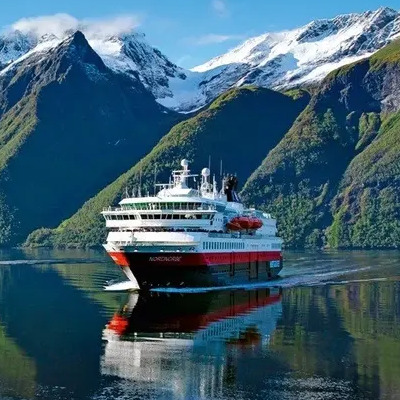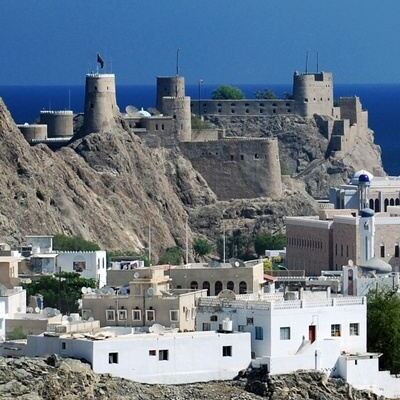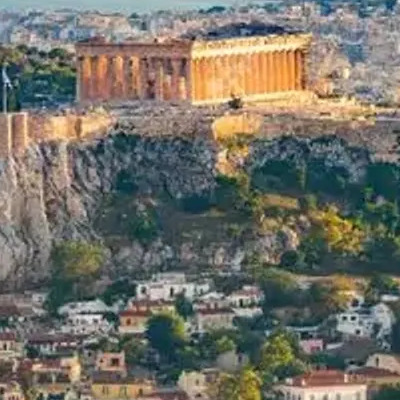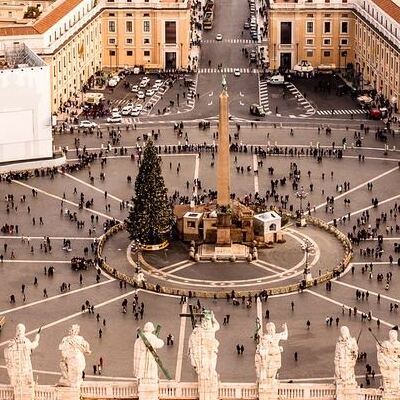Introduction
Climbing Mount Kilimanjaro is a journey like no other. It takes you through lush forests, desolate alpine deserts, and finally to the snow-capped peak of the highest mountain in Africa. But when you make this journey is just as critical as how you prepare for it.
Quick Guide:
– Best Months to Climb: December to mid-March, mid-June to end of October.
– Avoid: April-May, November (Rainy Seasons).
Whether you’re a seasoned climber or a first-timer, understanding the weather conditions you might face and getting the right preparation tips are key to making your adventure both memorable and successful. The mountain’s climate ranges from warm tropical weather at the base to cold, arctic conditions at the summit. This means you’ll need to pack and prepare for a wide range of temperatures and conditions.
Ideal Climbing Dates Infographic:

For those looking to dodge the crowds without compromising on the experience, the shoulder months of December and June can offer clearer trails with still favorable weather. However, nights can be bitterly cold, and the chance of snow increases, so packing the right gear is critical. The journey to Uhuru Peak is demanding, but with the right preparation, the right team, and the right timing, it’s entirely within reach for those who seek its heights.
Best Months for Climbing Kilimanjaro
When planning an adventure up Mount Kilimanjaro, picking the right dates can turn a challenging trek into an unforgettable experience. Let’s break down the best Mount Kilimanjaro climbing dates, focusing on weather conditions, crowd sizes, and scenic opportunities.
December to Mid-March
This period is one of the prime windows for climbing Kilimanjaro. Here’s why:
- Dry Months: These months often bring drier weather, making the climb less slippery and safer.
- Clear Skies and Great Views: With clearer skies, climbers get to enjoy panoramic views of the surrounding landscapes and beyond.
- Snow on Summit: For those dreaming of snowy summit photos, this is your chance. Snow caps the peak, offering a mesmerizing contrast against the dark rock and blue skies.
Mid-June to End of October
Another excellent window for climbers is from mid-June to the end of October. Here’s what makes these months ideal:
- Dry Conditions: Like the earlier window, these months also present dry weather, essential for a comfortable climb.
- Less Crowded Routes: While still popular, some routes can be less crowded, especially at the beginning and end of this period. This allows for a more serene experience.
- Wildlife Sightings: The dry conditions also mean more active wildlife along the lower parts of the mountain, adding an extra layer of excitement to the climb.
Avoiding Rainy Seasons
To ensure the best experience possible, it’s wise to avoid the mountain’s rainy seasons:
- April-May and November: These months typically bring the long and short rains, respectively. The trails can become muddy and slippery, increasing the difficulty of your climb.
- Trail Conditions: Beyond the slipperiness, the rains can reduce visibility, obscuring the stunning views that make Kilimanjaro so famous.
Choosing the right Mount Kilimanjaro climbing dates is crucial for a successful ascent. By aiming for the drier months between December to mid-March and mid-June to the end of October, climbers can enjoy clearer skies, great views, and a generally safer climb. Conversely, avoiding the rainy seasons of April-May and November helps dodge the worst of the trail conditions, though those seeking solitude might find these quieter months appealing.
No matter when you climb, Kilimanjaro offers an adventure of a lifetime. The key is to come prepared for the conditions you’ll face. Happy climbing!
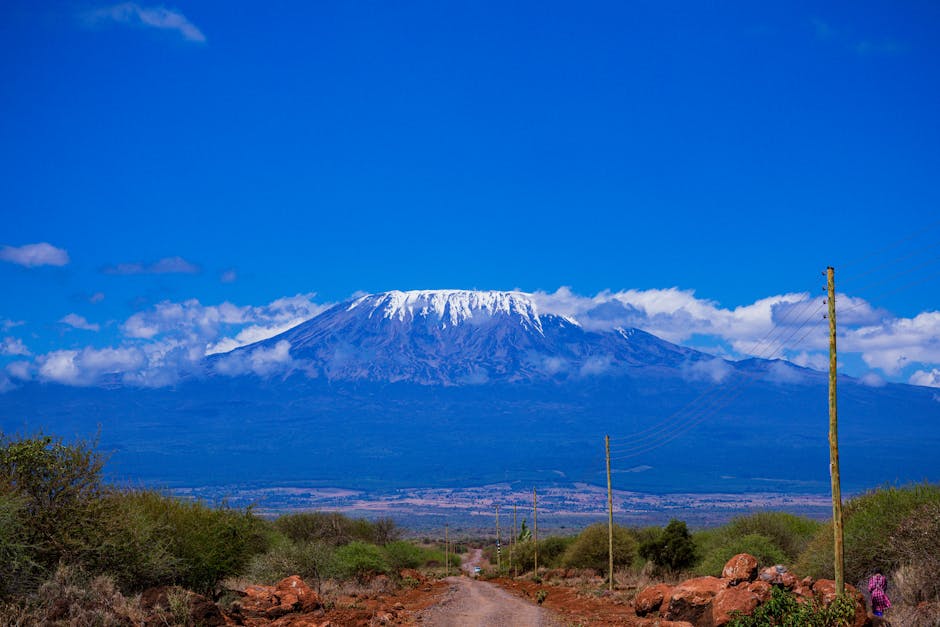
For those eager to learn more about the best times to embark on this majestic climb, additional insights and details can be found in this comprehensive guide on the best time of the year to climb Mt. Kilimanjaro .
Climbing Routes and Their Ideal Dates
Climbing Mount Kilimanjaro is an adventure of a lifetime. Choosing the right route and the best dates can make all the difference in your experience. Let’s dive into the specifics of each popular route and their ideal climbing dates.
Marangu Route – “Coca-Cola” Route
- Ease of Climb: Known as the “Coca-Cola” route, Marangu offers a relatively easier climb compared to other routes. It’s well-trodden and direct, making it a popular choice for those new to high-altitude trekking.
- Hut Accommodations: Unique to Marangu, climbers sleep in huts, providing a break from the elements. This feature adds a level of comfort not found on other routes.
- Six-day Climbs: While it’s possible to complete in five days, a six-day itinerary is recommended for better acclimatization. Ideal climbing dates fall between December to mid-March and mid-June to the end of October, aligning with Kilimanjaro’s dry seasons.
Lemosho Route
- Scenic Beauty: Lemosho is celebrated for its stunning landscapes and varied ecosystems. Starting on the western side of Kilimanjaro, climbers are treated to breathtaking views right from the start.
- Acclimatization: This route offers excellent acclimatization opportunities, thanks to its longer itinerary and climb high, sleep low profile.
- Eight-day Treks: Though more expensive due to its length, the eight-day treks provide ample time for acclimatization, making it ideal for climbers keen on enjoying the scenery and increasing their summit success rate. The best months to climb are during the drier seasons, from December to March and from June to October.
Machame Route
- Popularity: Known as the “Whiskey” route, Machame is favored for its challenging paths and is one of the most popular routes on Kilimanjaro.
- Challenging Paths: The route offers a variety of terrains and steep sections, providing a rewarding challenge for climbers.
- Seven-day Journeys: A seven-day itinerary is ideal for Machame, allowing climbers to acclimatize properly while enjoying the route’s scenic beauty. The best times to embark on this journey are during Kilimanjaro’s dry months.
Rongai Route
- Remote Access: The Rongai route approaches the mountain from the north, offering a more remote and less crowded path. It’s known for its gentle slopes and is great for those looking for a quieter climb.
- Gentle Slopes: Its gradual incline makes it a good option for beginners or those who prefer a less strenuous climb.
- Six or Seven-day Expeditions: Both six and seven-day options are available, with the longer option providing better acclimatization. Ideal climbing dates are similar to other routes, favoring the dry seasons for the best climbing conditions.
Each route on Mount Kilimanjaro offers its own unique challenges and rewards. Choosing the right one depends on your experience, fitness level, and personal preferences. Regardless of the path you choose, embarking on your journey during the recommended climbing dates significantly increases your chances of a successful and enjoyable climb. For those ready to take on this challenge, preparation is key, and selecting the right route and dates is the first step in your adventure.

For further details on each route and to help plan your climb, consider reading more about the Mount Kilimanjaro climbing routes.
Preparing for Your Climb
Climbing Mount Kilimanjaro is no walk in the park. It demands careful planning and preparation. Let’s break down what you need to know to ensure you’re ready for the climb of a lifetime.
Physical Preparation
Before you even think about stepping foot on Kilimanjaro, you need to be in good shape. This means getting your body used to the kind of physical stress it will face on the mountain.
– Start training early. Aim to begin your training regimen at least six months before your climb. This gives your body ample time to adjust and strengthen.
– Focus on cardio and strength. Include activities like hiking, running, and cycling in your routine. Don’t forget to incorporate strength training to help you carry your pack and navigate the varied terrain of Kilimanjaro.
– Practice hiking with a weighted backpack. This simulates the experience of carrying your gear and helps you get used to the additional weight.
Gear Checklist
Packing the right gear is crucial for a successful climb. Here’s a quick rundown of essentials:
– Clothing for all climates. Kilimanjaro spans several climate zones. You’ll need everything from breathable layers for the lower, warmer altitudes to insulated, waterproof garments for the cold summit push.
– A durable backpack. Choose a pack that can comfortably hold all your gear without being too bulky or heavy.
– Quality hiking boots. Footwear is perhaps your most important piece of gear. Make sure your boots are well-fitted, broken in, and suitable for varied terrains.
– Sleeping bag and pad. Temperatures can plummet at high altitudes, so ensure your sleeping gear is rated for extreme cold.
Don’t forget, you can rent some of this equipment locally, but personal items like boots should be your own and well-tested before the climb.
Acclimatization Tips
Acclimatizing to the altitude is one of the biggest challenges climbers face. Here’s how to help your body adjust:
– Go slow. A gradual ascent gives your body time to acclimate to the decreasing oxygen levels. This means planning a longer route if possible, to spread the ascent over more days.
– Stay hydrated. Dehydration can exacerbate the symptoms of altitude sickness. Drink plenty of water throughout your climb.
– Recognize the symptoms of altitude sickness. Be aware of how your body is responding to the altitude. Symptoms like headache, nausea, and fatigue shouldn’t be ignored. If you or someone in your group is experiencing these, it’s crucial to descend to a lower altitude and seek medical attention if necessary.
The key to a successful climb is preparation, awareness, and taking it one step at a time. Climbing Mount Kilimanjaro is an incredible experience, but reaching the summit safely requires respect for the mountain and your own limits. For more details on preparing for your climb, consider consulting additional resources and experienced climbers .
Frequently Asked Questions about Climbing Kilimanjaro
What is the success rate for reaching the summit?
The success rate for reaching the summit of Mount Kilimanjaro varies widely, depending on several factors like the route chosen, duration of the trek, and climber’s preparation. On average, the success rate falls between 45% to 65%. However, routes that allow more time for acclimatization, such as the Lemosho and Rongai routes, boast higher success rates, up to 90% in some cases . Choosing a longer itinerary can significantly increase your chances of success.
Can beginners climb Kilimanjaro?
Yes, beginners can climb Kilimanjaro. Despite being the highest peak in Africa, Kilimanjaro is considered one of the most accessible of the seven summits. You don’t need technical climbing skills, but physical fitness is essential. Beginners are advised to opt for routes with a gentle slope and more days for acclimatization, such as the Marangu or Lemosho routes. Preparing with cardiovascular and strength training several months in advance is also recommended.
How does the weather affect the climb?
Weather plays a significant role in the climbing experience on Kilimanjaro. The best times to climb are during the dry seasons: from late June to October and from late December to early March. These periods offer clearer skies, less rainfall, and more stable weather conditions. However, weather on the mountain can be unpredictable, and climbers should be prepared for cold temperatures and occasional precipitation, especially at higher elevations. It’s crucial to have the right gear and clothing to handle sudden weather changes.
Choosing the right Mount Kilimanjaro climbing dates, preparing adequately, and understanding what to expect can make all the difference in your climbing experience. Good Earth Expedition can help you plan your adventure with these factors in mind, ensuring a memorable and successful climb.
Conclusion
When it comes to embarking on the adventure of a lifetime, like climbing Mount Kilimanjaro, the importance of selecting the right dates cannot be overstated. The timing of your climb has a significant impact on not only the weather conditions you’ll face but also on your overall experience on the mountain. Choosing the right Mount Kilimanjaro climbing dates is the first step toward ensuring a climb that is not only safe but also truly enjoyable.
At Good Earth Expedition, we understand that the success of your climb hinges on meticulous planning and preparation. We are here to guide you through every step of the process, from selecting the best time of year for your climb based on your personal preferences and physical readiness, to ensuring you’re fully equipped with all the necessary gear. With our expertise and support, you can set out on your climb with confidence, knowing that every detail has been carefully considered.
Ensuring a successful climb is about more than just reaching the summit; it’s about enjoying the journey, embracing the challenge, and making lasting memories along the way. We believe that with the right preparation and the support of our experienced team, you can achieve all of this and more. Whether you’re a seasoned climber or setting out on your first mountaineering expedition, we are committed to helping you make the most of this incredible experience.
The journey to the roof of Africa is one that requires both physical and mental preparation. By choosing Good Earth Expedition as your partner for this adventure, you’re not just selecting a tour operator; you’re choosing a team that is dedicated to making your dream climb a reality. Let us help you navigate the complexities of planning your climb, so you can focus on what really matters: enjoying the unparalleled beauty and challenge of Mount Kilimanjaro.
For more information on how to plan your perfect Kilimanjaro climb and to explore our range of services, visit Good Earth Expedition. Together, we can turn your Kilimanjaro dream into an unforgettable adventure.
Choosing the right date, preparing thoroughly, and having the right team by your side are the keys to a successful Kilimanjaro climb. Let’s embark on this journey together, and create memories that will last a lifetime.

